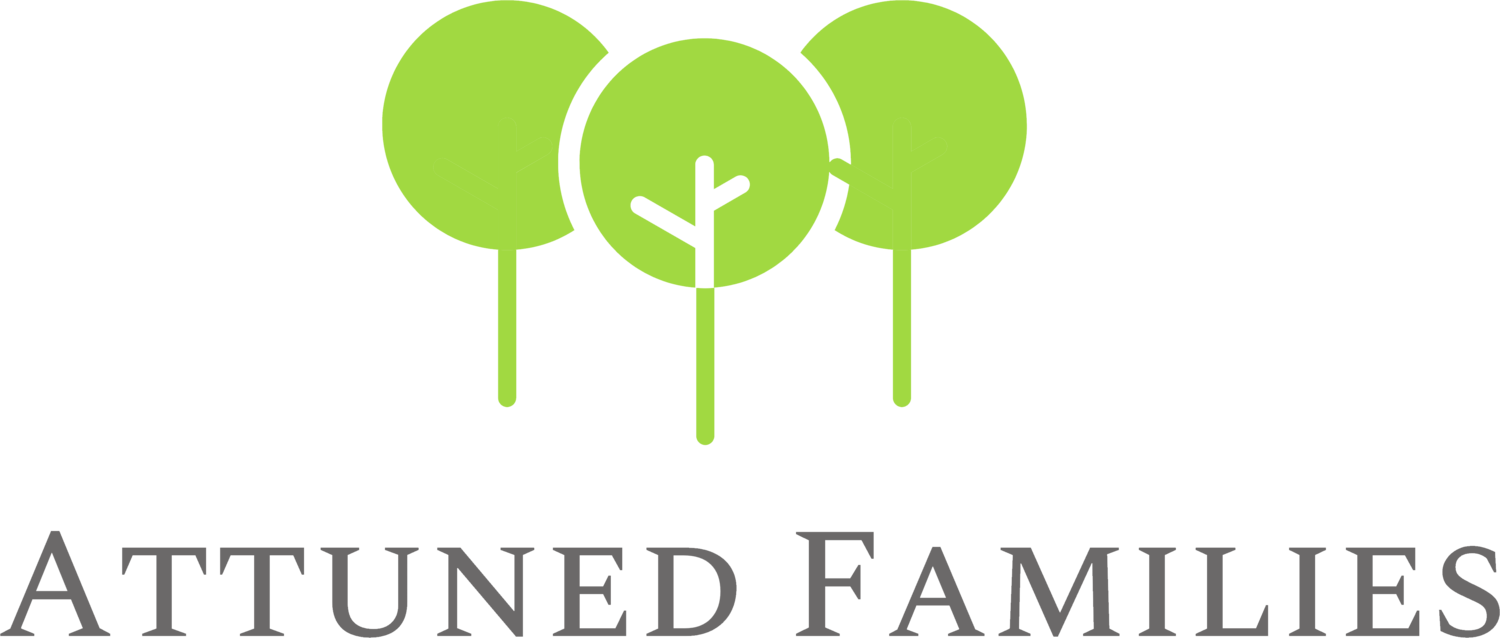
Occupational Therapy
Occupational Therapists (OTs) understand the power of ‘doing’ and how engaging in valued activities (also known as “occupations”) can promote psychological, emotional, and physical wellbeing across the life course. Occupational Therapy is a holistic, client-centered therapy that assists with helping individuals engage in activities that they want or need to do in their daily lives. These activities can be related to leisure, work, learning, play, self-care, and more.
Building Skills & Confidence Through Occupational Therapy
-

Fine & Gross Motor Skills
Helping with coordination, strength, and balance.
-

Sensory Processing
Supporting children who may feel overwhelmed by touch, sounds, or movement.
-

Daily Life Skills
Making tasks like dressing, eating, and handwriting easier.
-

Social & Emotional Growth
Building confidence and emotional resilience.
What Can an Occupational Therapist Do to Help?
We can perform various assessments to understand an individual’s strengths, motivations, values, and underlying barriers or factors that impact someone’s ability to engage in occupations (including person-, environmental-, and activity-related factors).
Based on assessment findings, an OT will collaborate with clients to set goals and develop intervention plans that can help them participate and engage in their valued occupations
Interventions can include collaborative consultation (e.g., with parents and educators) and/or direct treatment methods.
Interventions will be unique to everyone, but can include:
Equipping clients with strategies to problem solve challenges they face with doing the things they love or need to do
Providing suggestions to adapt the environment or an activity to better suit the needs of an individual
Delivering skills-specific training to address performance challenges
Providing education to help others (e.g., parents, educators, employers) better support an individual
Specialized Support for Infants
It’s an incredible thing to witness your baby’s first movements—the way they explore their world through motion and mealtimes. We offer specialized Occupational Therapy support for babies in their first year of life, with a focus on early developmental milestones and feeding.
Our OT brings deep knowledge, experience, and care to this precious stage, helping infants learn to:
Roll, sit, crawl, creep, and take their first steps
Bottle feed and transition to solids
Navigate oral aversions and feeding challenges
These early experiences can be both exciting and overwhelming. We’re here to support you and your baby through each new stage.
Who is Occupational Therapy for?
Occupational Therapy is for anyone experiencing a challenge with participating or engaging in valued or necessary occupations. Our occupations may adapt and evolve over time, whether from a developmental transition, a change in career or family roles, or a change in our physical, emotional, or cognitive functioning. Therefore, we may all benefit from Occupational Therapy at some point in our lives to help us get back to doing the things we need to do and love to do.
How is Occupational Therapy Different from Counselling?
The focus of Occupational Therapy is enabling individuals to engage in occupations that they want or need to do. Hence, the Occupational Therapy services will be centered on an individual’s specific occupation-based goals established in collaboration with the OT. OTs provide therapeutic activities that align with the child or family’s goals, strengths, motivations, and needs. Occupational Therapy is an excellent compliment to Child and Family Therapy/Counselling and OTs may apply psychotherapy-based principles and strategies as part of their interventions with clients to help meet their goals.
Emilie Nelson, OT Reg (Ont.)
Occupational Therapist
Meet Our Occupational Therapist
Emilie has experience supporting children and families from the Neonatal-ICU to later teenage years. She takes a warm, family-centered approach to care, ensuring you remain informed each step of the way. Emilie comes with knowledge and interventions related to early developmental milestones, gross & fine motor movement, feeding & picky eaters, chronic pain, brain injury rehabilitation, and ADHD support.
Our Approach
Our approach is play-based, family-centred, and evidence-informed, ensuring that children feel safe, supported, and engaged while building essential life skills.
We focus on helping children develop independence, confidence, and coordination in their daily routines. Whether your child needs support with fine motor skills, sensory processing, self-regulation, or social interactions, we tailor therapy sessions to meet their individual needs.
Through play-based strategies and hands-on support, OT empowers children to overcome challenges in learning, play, self-care, and social interactions.
Personalized Care
We create customized therapy plans based on each child’s strengths and challenges.
Play-Based & Engaging
Therapy sessions incorporate fun, hands-on activities that feel natural and motivating for kids.
Family Involvement
We work closely with parents and caregivers, providing practical strategies to support progress at home and in school.
Holistic Development
We focus on emotional, physical, and social growth to help children thrive in all aspects of their lives.
Occupational therapy isn’t just about improving specific skills—it’s about helping children feel confident and capable in their everyday lives.
Ready To Take The First Step?
Book An Appointment
Wanna Talk it Through?
Call us
416-766-3000
Prefer an Email?
Send us a message
info@attunedfamilies.com





